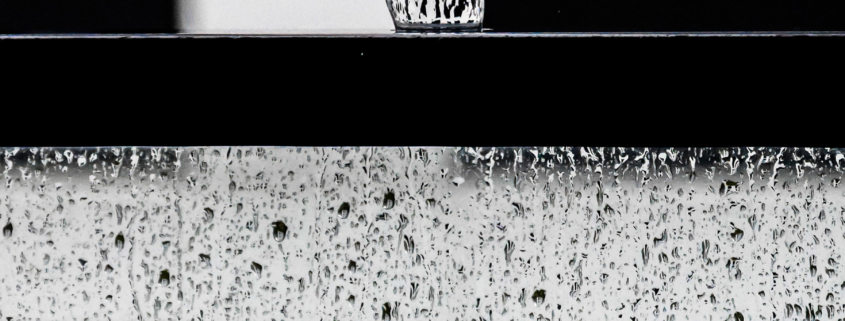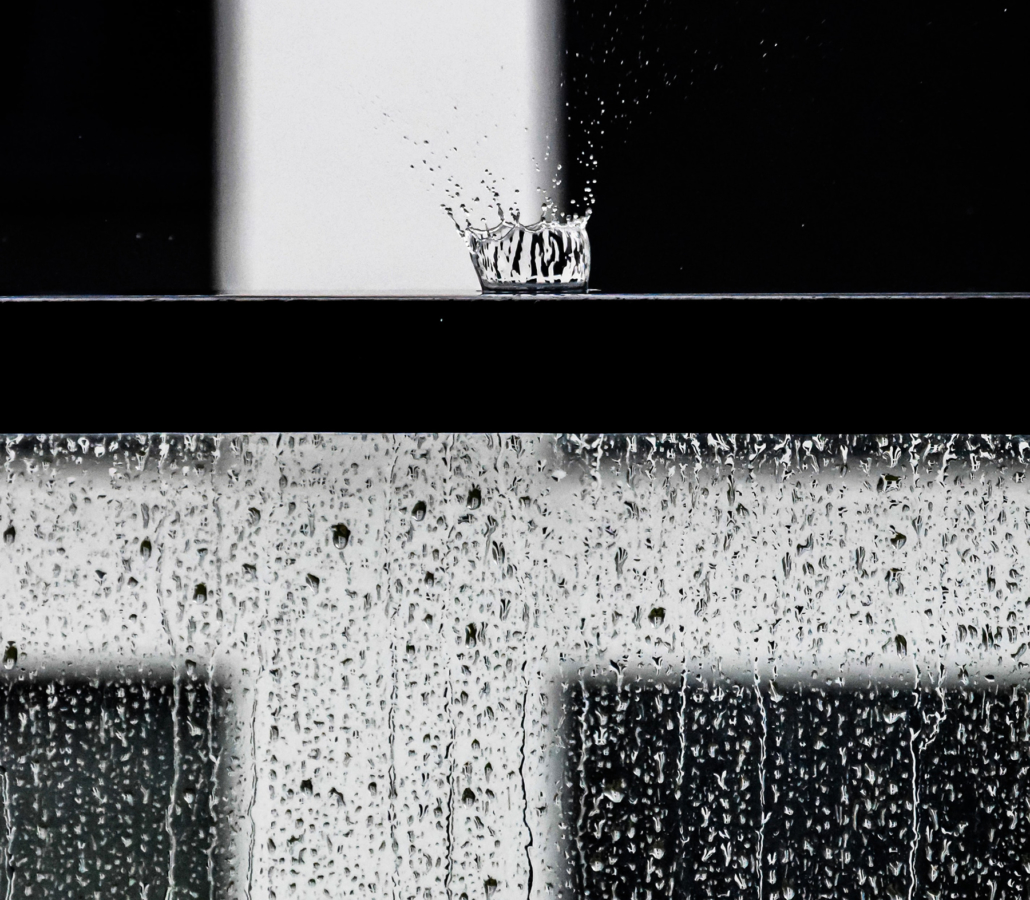Water-Related Losses and How to Prevent Them
Water-related losses can occur out of the blue or from a lack of preparation. Prevent and avoid a water catastrophe as best you can.
Whether from rain, a disastrous sewer incident, or a faulty washing machine or dishwasher, water-related losses can occur just about any time. But, that doesn’t mean you can’t be prepared.
Damage from water surpassed fire years ago as the leading cause of personal property claims in Canada. The most likely incidences of damage from water include floods, backed up sewers, broken pipes, and leaky appliances and plumbing. What many homeowners may not know, however, is that there are a variety of simple and inexpensive, if not entirely free, steps you can add to a regular home maintenance routine to limit, or avoid altogether, many of the negative impacts of a catastrophic water event.
To help you avoid the potential of costly water damage in your home, and unnecessary home insurance claims, the following safeguards can minimize the possibility that it will happen to you.
Keeping nearby storm sewer grates clear of yard waste, leaves, garbage, ice, and snow, for example, can go a long way to prevent the worst outcomes in the event of flooding.
Protect the inside of your home from water damage
- Regularly inspect all of your home’s plumbing for signs of leaks and cracks. Replace older plumbing components and fixtures.
- On the main line of your home, install a sewer backup prevention valve.
- Install water monitors that will alert you if any leaks occur and that will shut off the main water supply if it detects moisture.
- Inspect any older appliances – dishwasher and washing machine – and plumbing fixtures. Check the hoses, and replace those that are old and worn with flexible, steel braided versions.
- Don’t pour oils, fats, and grease down household drains.
- Regularly inspect your water supply lines for any leaks and loose connections.
- Be sure to check your grout and caulking around your showers and bathtubs. Reapply as necessary.
- To reduce the possibility of water backup, try to reduce your home water consumption during periods of heavy rainfall and quick thaw to reduce the pressure on your sewage system.
- If your home is located in a low-lying area, or you typically experience significant rainfall, consider installing a sump pump.
- Depending on your level of need, purchase or increase your sewer backup coverage.
Questions? Talk to your insurance agent to learn more about water damage coverage and to review your policy.
Protect the exterior of your home from water-related losses
- If yours is a septic field and system, have it pumped and serviced on a regular schedule.
- Well before winter, drain your garden hoses and drain pipes.
- Ensure your storm sewer grates are clear of leaves, pine needles, and other debris
- Disconnect any downspouts that drain directly into the sewer system; redirect them at least 6 feet away from the foundation of your home. Test downspouts to make sure they are able to drain properly from the roof.
- Try to ensure that your property is graded to help drain water away from your house.
- Make considerations for reverse-sloped driveways
- Make sure there are at least eight inches of clearance between the finished ground level and the bottom of the downspout. If not, you may want to consider installing window wells.
- Inspect wastewater lines and be sure that they are not blocked by tree roots
- Inspect your roof for loose or warped shingles; repair or replace as necessary.
Check your basement and foundation
Some of the most significant – and costly – damage often occurs to the basement and foundation of a home. Origins of leaks are most often traced back to the home’s foundation. Minor cracks can be common and aren’t often cause for concern, but larger, more major cracks show that there is substantial shifting and movement and easily allow water to leach into the basement. To prevent water damage or the spreading of large foundation cracks, not to mention potentially serious structural concerns, fill any foundation cracks to stop them from spreading.
Things you can do to minimize the risk of water damage to your foundation and basement:
- Inspect for cracks in the walls of the foundation and your basement floor – and seal them.
- Try not to store things directly on the basement floor. Rather, keep things on shelves or in plastic storage bins.
- After heavy rainfall or during the rapid spring thaw, inspect your basement for any leaks.
- Keep floor drains clear and unobstructed.
- Consider installing a sump pump, particularly if your home is prone to flooding, your home is located in a low-lying area, or you tend to experience regular, significant rainfall.
How to be prepared for possible water-related damage?
Given how costly water-related damage is to homeowners, businesses, municipalities, and yes, insurers, it’s important to be proactive to help mitigate the risk:
- Keep a current and detailed home inventory.
- If your area or neighbourhood is prone to frequent flood, be sure to take the precautions listed above.
- Put together a disaster safety kit.
- Develop a 72-hour emergency preparedness plan for you and your family.
Do you know what is covered in the event of a water disaster?
It’s important to know exactly what’s covered by your homeowner’s policy. Be sure to speak with your insurance representative to ensure you have adequate coverage. Be aware of the following:
- All home insurance policies cover the accidental or sudden bursting of plumbing pipes and appliance leaks. However, if water leaks due to freezing, damage may not be covered.
- Most insurers offer residential overland flood – when bodies of freshwater such as rivers or dams overflow onto dry land – coverage for the majority of homes across Canada. But, this coverage is optional and based on the level of risk. It’s common for this type of coverage to be combined with sewer backup coverage, also optional.
- If you aren’t at risk of overland flooding, your home could still be vulnerable to different varieties of flood damage. Check with your insurance agent on what’s available and what it might cost for your home.
- Basement water damage due to a sewer backup is only covered if specifically related coverage has been purchased. Check with your agent.
- Hail and wind damage is typically covered, including damage caused by falling branches or trees, and flying debris. Any damage caused by water entering through sudden openings caused by hail or wind is included.
- If comprehensive or all perils coverage has been purchased, damage to your vehicle from hail, wind, or water is usually covered. It’s not mandatory, so be sure to check your policy for coverage.
- In certain circumstances, if the homeowner is unable to return home due to insurable damage can claim additional living expenses. Again, check with your insurance representative.
How to begin the insurance claim process
- As soon as you can, contact your insurance representative. Most providers offer a 24-hour claims service. You should offer as many details as possible when you provide the information.
- List each of the damaged or destroyed items. If you can, include any proofs of purchase, photos, video, receipts, and warranties. Take photos and/or video of any damages and, unless they pose a health hazard, keep any damaged or destroyed items.
- Keep all the receipts related to living expenses if you’ve been displaced as well as cleanup. Be sure to ask your insurance agent about those expenses you may be entitled to and for how long.
If you have questions about water-related damages or specific coverage related to water events, TALK TO US!


